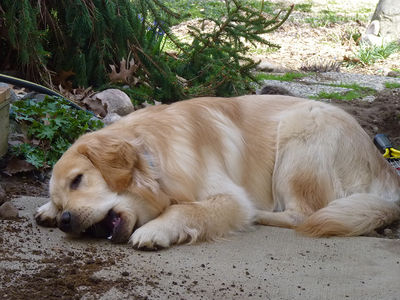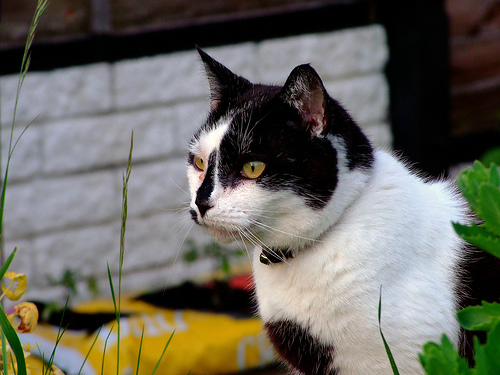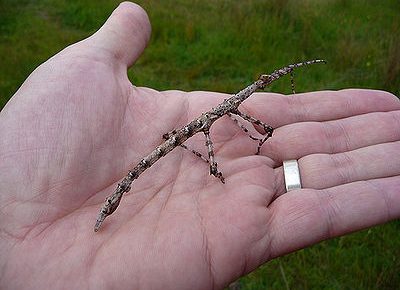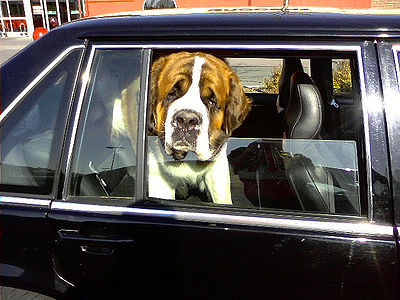
Some pets will chew on inappropriate items and those that ingest these things can be at risk for major health problems.
PICA is the name given to the eating of items other than food. Coprophagy is a specific type of pica, the eating of feces. Pica is seen in dogs much more often than cats.
Theories of why this occurs are that the pet is seeking attention, is anxious or frustrated, doesn’t have enough chewing or the diet is lacking some nutrient, irregular feeding schedules. These theories have not been proven and the cause remains basically unknown.
Pica can be life-threatening as the item, such as a rubber band, stones, articles of clothing, string, can cause intestinal blockages.
The HSUS suggests the following solutions for treating pica
- Apply cayenne pepper, Bitter Apple or another safe but unpleasant tasting product to the objects your pet chews.
- Check with your veterinarian about changing your pet’s diet. That may help modify the behavior.
- If you suspect pica is caused by stress, anxiety or frustration, ask your vet or an animal behaviorist for suggestions on how to change the behavior and ease any fear or stress in your pet.
- If you catch your pet ingesting inappropriate items, startle with a loud noise or spray of water. Try to avoid letting your pet know these actions came from you. Give your pet lots of praise if he stops and leaves the item alone. Try giving your pet something acceptable to chew such as food or a favorite toy.
- Keep the yard or garden clear of feces with daily cleanings.
- Set aside time daily to spend with your pet giving him the attention he needs.
- Most important, prevent access to items your pet chews. Try to supply your pet with enough safe toys to satisfy the need to chew.
HSUS solutions for Coprophagy.
- Sprinkle your pet’s stool with cayenne pepper or a safe product that will make the stool unpleasant tasting.
- Clean the yard often so your pet doesn’t have access to feces.
- Keep your dog leashed outdoors so you can watch his behavior and interrupt if you see him about to ingest something he shouldn’t.
- Keep the cat’s litter box clean and if you can, either set up a barrier for the dog or in an area inaccessible to the dog .
Some dogs will eat their own feces, some only other dogs’ feces, others eat stool in winter when it is frozen, still others eat stool of different species such as horses and cats.
There was a dog that ate feces and began urinating frequently. The dog was taking the medication, Carpofen, a NSAID. The dog developed complications, elevated liver values, from a toxic effect to the liver. When access to feces was eliminated, all the dog’s symptoms disappeared. It could be that the combination of feces and Carpofen caused the problem. If your dog shows symptoms such as lethargy, inappetance, vomiting, diarrhea, increased thirst and urination, s/he should be seen by the vet.
If your pet shows signs of pica, he should be examined by your vet. A complete blood count and other diagnostic tests will be administered to determine if there is a medical problem. Signs of pica can be vomiting, diarrhea, abdominal pain, collapse, chronic bad breath.
Never punish or scold your pet for this behavior. Punishment never works for ANY unwanted behavior. Pets may continue with the problem as punishment is a form of attention from you. And your pet may become fearful or aggressive which doesn’t solve the problem.



